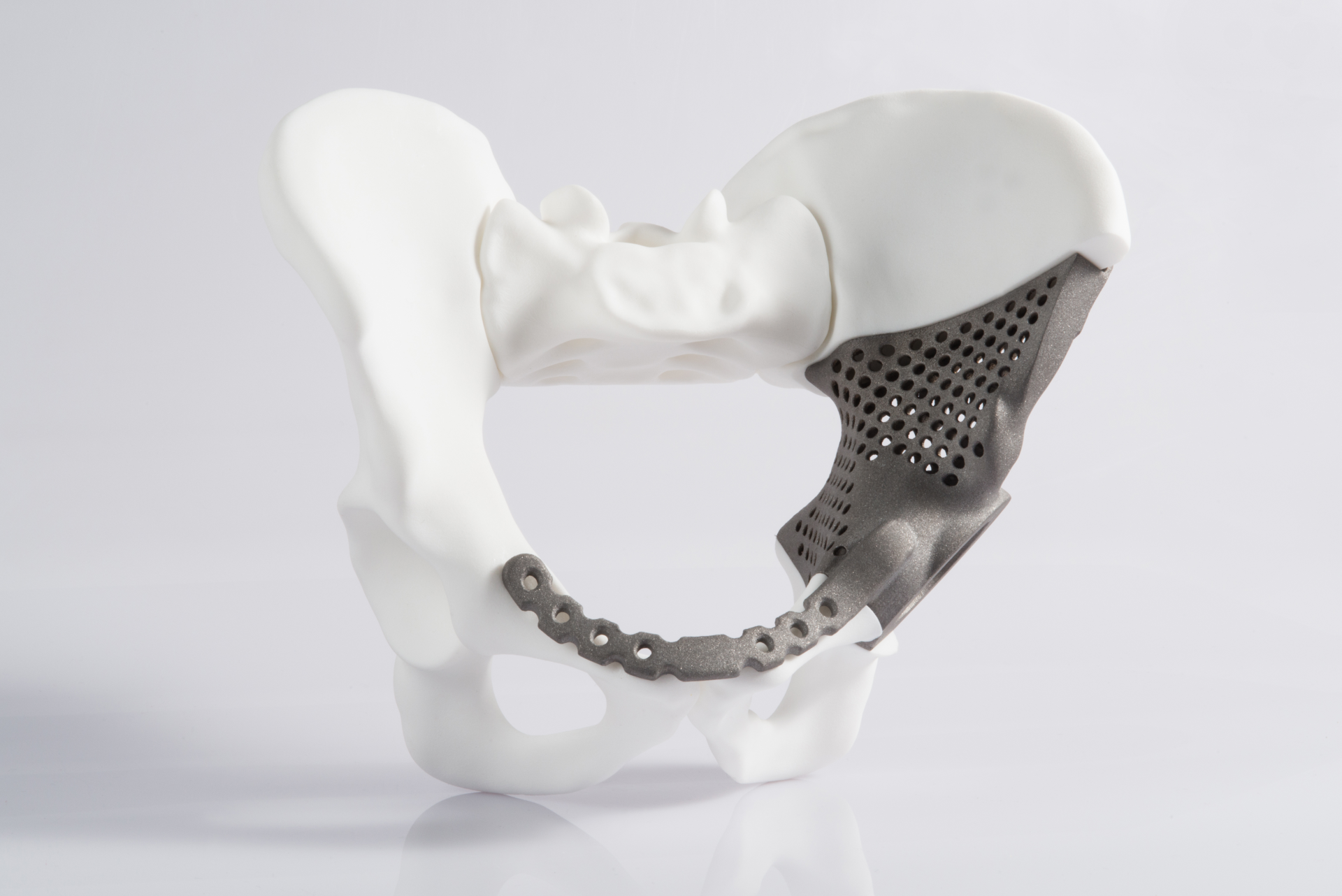
A new report predicts that revenues for titanium powders used in additive manufacturing could reach more than US$330 million, corresponding to 730,500 Kgs of titanium.
In the report, Titanium Opportunities in Additive Manufacturing, SmarTech Markets Publishing suggests that titanium is becoming the highest revenue generating opportunity in additive manufacturing (AM) metals, both because of its rapid growth and its relatively high average price.
Titanium is increasingly sought after in AM due to its high strength to weight ratio and biological inertness.
In the short term, the supply chain for AM titanium powder will continue to be controlled by smaller specialty providers, but larger global metal firms are now beginning to jump in. These firms have historically sold to metal AM system vendors, but today several very large users of metal AM in aerospace and medical are ordering in volumes large enough to sustain smaller powder providers, the report says.
Smaller structures
The vast majority of titanium powder used in current additive manufacturing systems falls into two types—Ti6Al4V (Ti64) and commercially pure titanium (CPT). Increased use of specialty titanium alloys is expected to vary depending on industry.
Titanium is being explored for smaller structures in aircraft engines such as brackets and housings, but may expand into much larger structural components to drive demand. By 2020, aerospace will be consuming almost 155,000 kgs of titanium.
Titanium also has good prospects in medical markets due to bio-inertness, and bone ingrowth performance. It also is capable of outperforming heavier alloys with its strength to weight ratio. Medical applications of AM titanium could account for around 274,000 kg in 2020, due to this growth.
This story is reprinted from material from SmarTech Markets with editorial changes made by Materials Today. The views expressed in this article do not necessarily represent those of Elsevier.



